Back to the Future is a project with several converging directions, all directly related to the themes central in the artistic practice of Delia Popa, visual artist, founder of the ArtCrowd Association and daughter of architect Ion Popa. Initiated in honor of her father, one of the leading figures of Romanian design and of the Bucharest design school, the project re-opens the discussion on design, experiment, interdisciplinary practice, and education from the premises of their relevance today, as a counterpoint to the innovative and formative practice of Ion Popa and his group in the ’70s and ’80s. The documentary section of the project, comprising biographic material but also a detailed timeline of the main design events up to 1990 – the year of Ion Popa’s untimely passing and at the same time the year of political change – is in itself sufficient for an ample discussion. Documents of the Romanian design schools are insufficient, the archives are either lost or destroyed, and therefore the entire image of Romanian design and its place in the experimental and educational landscape of the period between 1960 and 1990 must be retraced and rewritten around the blanks. This is so even if objects and environments have been central in the artistic practice of the ’60s and ’70s, in the international context of a newly affirmed constructivism and technological experiments. More relevantly, in Romania the relationship of arts with technological innovation and functional utility, as well as the principles of interdisciplinarity have been premises for an entire system of values specific to the period, beyond their role of instruments for the ideological validation of any experiment. What made that type of attitude even more relevant was that it was always grounded in a harmonic relationship with the traditional crafts, which helped preserve an entire fund of form and practice pertaining to the rural world, a cultural patrimony otherwise at risk.
Back to the Future develops as a dialogue between two moments in time – the ’70s and ’80s and today. The discussion on design, about its place in the visual culture, its relation with academia and at the same time the discussion on education in general respect this constant parallel between the two moments: the context may differ, but not the relevance or interchange with other disciplines. The dialogue happens with an ease that has little to do with the usual interaction with an archive, be it a personal and emotional one. The fact that themes and practices, artistic and educational projects of relevance in the ’70s and ’80s are equally relevant today adds new meaning and weight to the discussion on recuperation, continuity, and delay, beyond the affirmation – and confirmation – of their intrinsic value.
What was innovative in the ’70s and ’80s dialogues related to an approach which is, if not innovative then at the very least unspecific for today – that of recognizing the innovation in a past that has shaped the present. One can safely affirm that firstly, the history of Romanian design is insufficiently documented and studied, in what concerns both its key moments and also the perception of the discipline itself, always adjacent and tightly linked to experiment and paramount for how formal innovation was re-valued, at the time, by validating ideologically the need for technological and educational progress; and that secondly, the entire attitude towards recent history is one that calls for a correction – the logical succession of events as opposed to a tendency specific for the Romanian culture of (at least) the last half of century, that of constantly placing innovation in the present, in a continuous break with the past. Back to the Future achieves an organic integration of tradition in the only possible way it can be of value: continuity, dialogue, and a permanent reiteration of discourse that cancels – not the distance – but the fracture. The symposium dedicated to Romanian design and to the practice of architect Ion Popa corresponds to the very first design symposium in Romania, in 1974, and it also marks the main activities of Studio DA (1973-1979) and the Romanian design biennials and exhibitions in the ’80s.
An essential direction for Back to the Future is the one dedicated to education. Here the dialogue is between the essential role of design in the Romanian art schools starting with 1970 – from the first experimental classes of The Aesthetics of Useful Forms initiated by members of group 111 and later Sigma at the Art High School in Timișoara, to the founding of the design department at the Art Institute in Bucharest, by teachers Ion Popa, Ion Bitzan, Vladimir Setran and Paul Bortnowski – and the educational practice of today. One of the defining activities for Delia Popa is visual education, and the boundary between artistic and educational practice is programmatically permeable. Delia Popa and the team of her association, ArtCrowd – artists in education, constantly research the essential role of visual and aesthetic education, and at the same time the relationship between cultural and educational institutions. The Back to the Future summer school reiterated ideas, principles and proposals from the educational projects coordinated by Ion Popa in the arts and architecture schools in Bucharest – projects that focused on experiment, trans-disciplinarity, and play. Educational play as a means for communication and collaboration was central, alongside the challenge of rediscovering the historical continuity, for the participants in the summer school: students of Design – UNARTE and Educational Sciences – The Bucharest University and children from the secondary schools in Potlogi and Pitaru villages, near Bucharest.
Each of these directions of the project calls for its own panel, symposium, and publication. But what singles out the project and heightens its impact is the special way that these components – documentary, biography, exhibition, education – are united in the performative practice of Delia Popa. Each of the elements constructing the project is initiated and then placed in relation by the means of a series of performative gestures which create direct links between instances and objects, images and places. One image that offers the key for the entire project is the involuntary but emblematic overlay, during a performance / presentation, of Delia Popa over the image of her father, in an iconic photo of his return from a European bicycle tour as a student – a visual correspondence (and raveling project) that most certainly shall generate future and unexpected performances.
Back to the Future – Romanian Design at a Crossroads. A Commemorative Project for Architect Ion Popa
Concept and coordination: Delia Popa
Exhibition team: Vanda Maria Sturdza, architect Alba Popa, Mihai Bodea-Tatulea, Delia Popa
Exhibition design: Vanda Maria Sturdza
Summer school – Mentors: Oana Moșoiu, Delia Popa
Symposium – Presentations by: Mirela Duculescu, Constantin Flondor, Ioana Sanda Avram, Rodica Pamfilie, Călin Vegheș, Andrei Borțun, Radu Vișan, Liviu Mureșan, Vlad Calboreanu, Dinu Dumbrăvician
Publication – Contributions from Mirela Duculescu, Constantin Flondor and Vanda Maria Sturdza, edited by Delia Popa, graphic design by Daniela Pălimariu and Dan Basu, printed by IDEA Design + Print, published by UNARTE Publishing House
Project visual identity: Daniela Pălimariu and Dan Basu
POSTED BY
Mălina Ionescu
Mălina Ionescu (b.1978) is a visual artist and theoretician, holds a PhD in Museum Studies, currently curator at MNAC Bucharest – The National Museum of Contemporary Art Romania. Lives and works i...


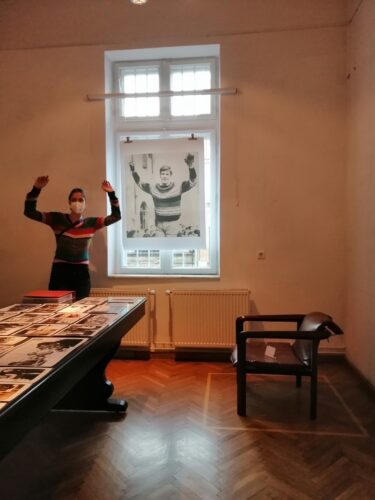
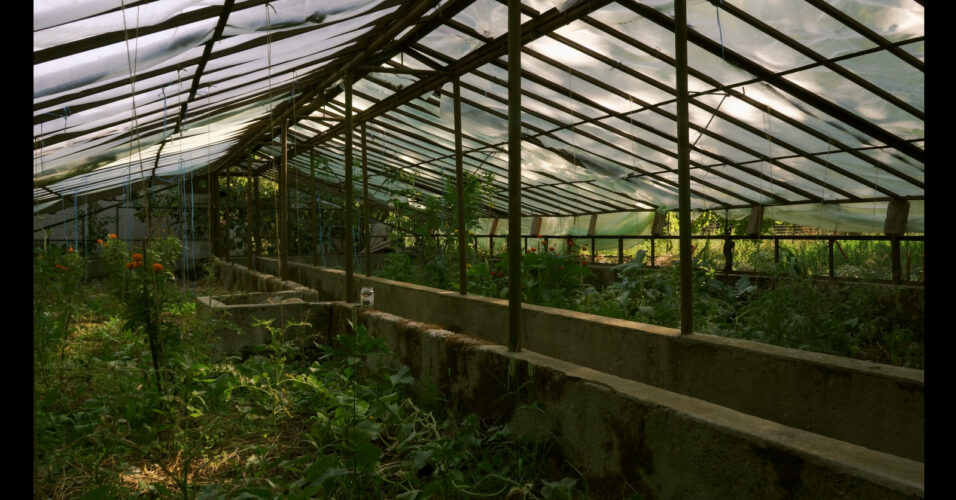
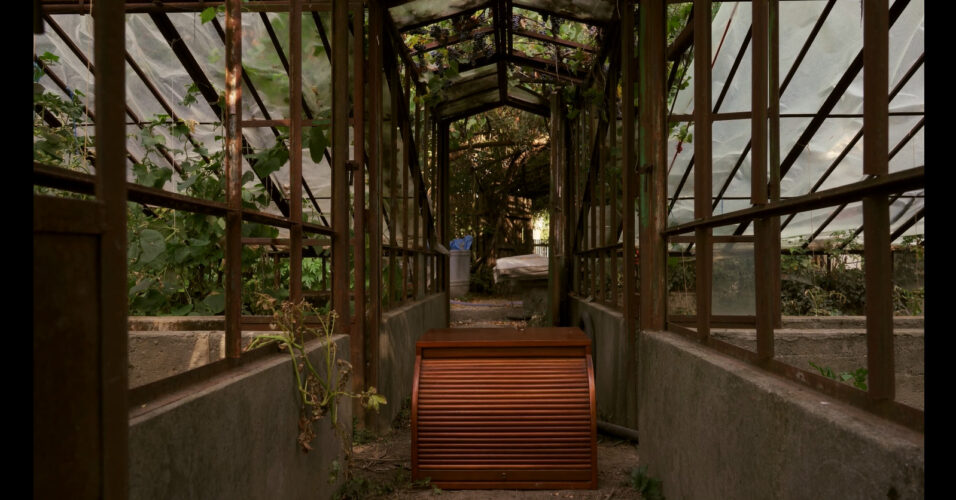
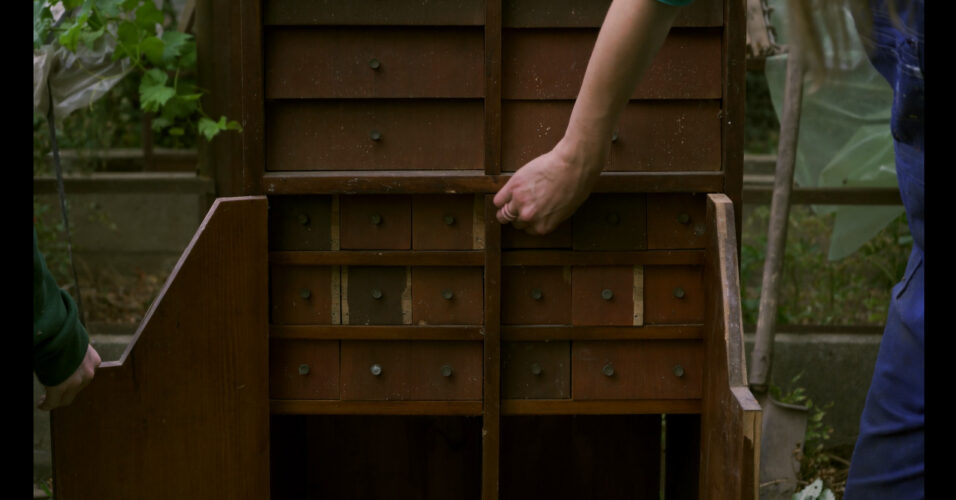
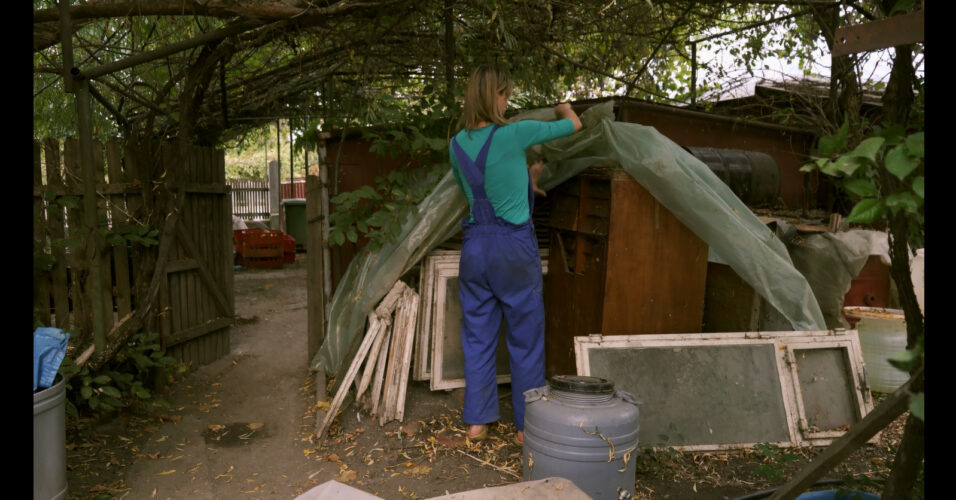
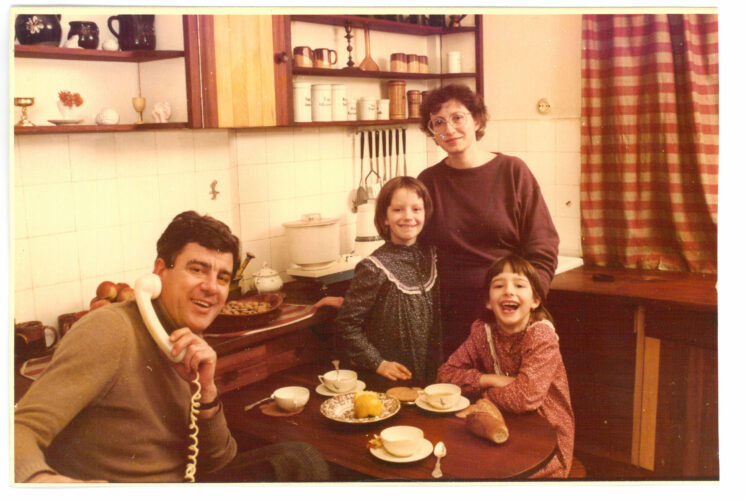
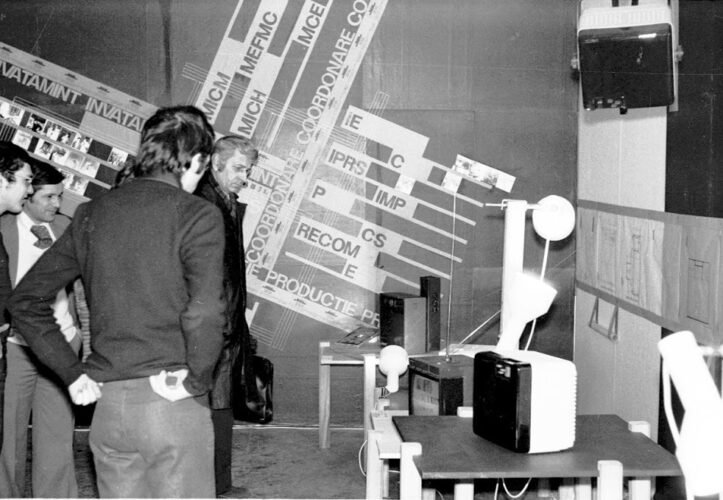
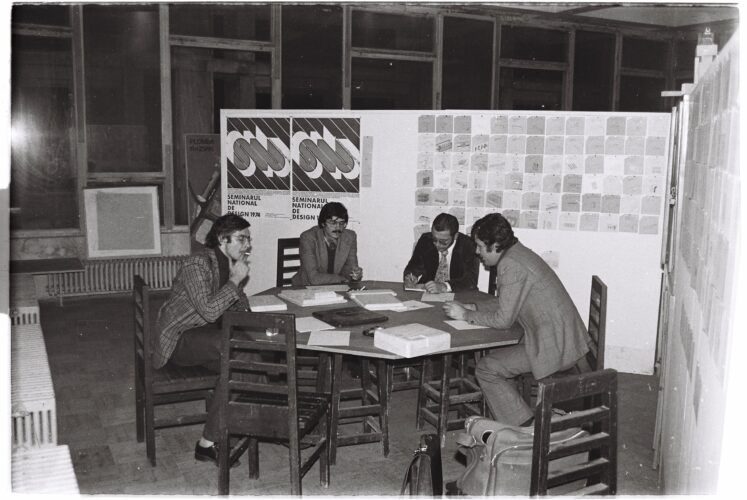
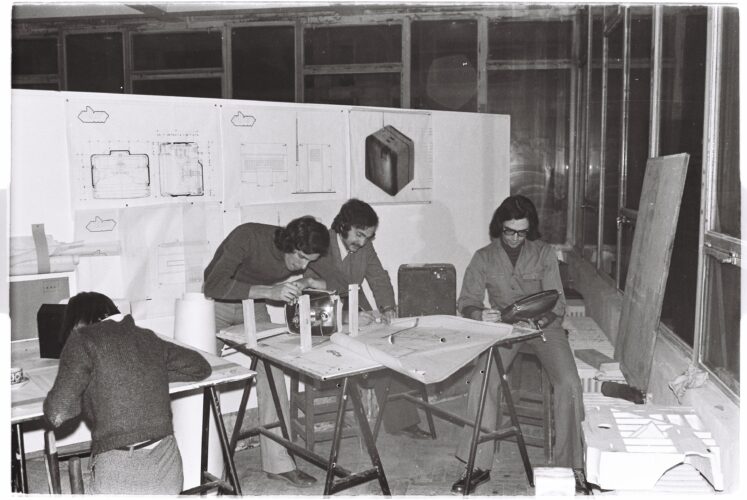
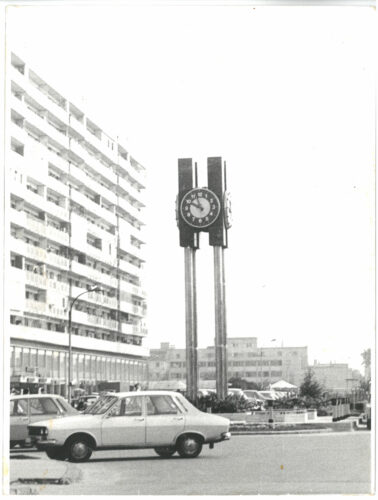
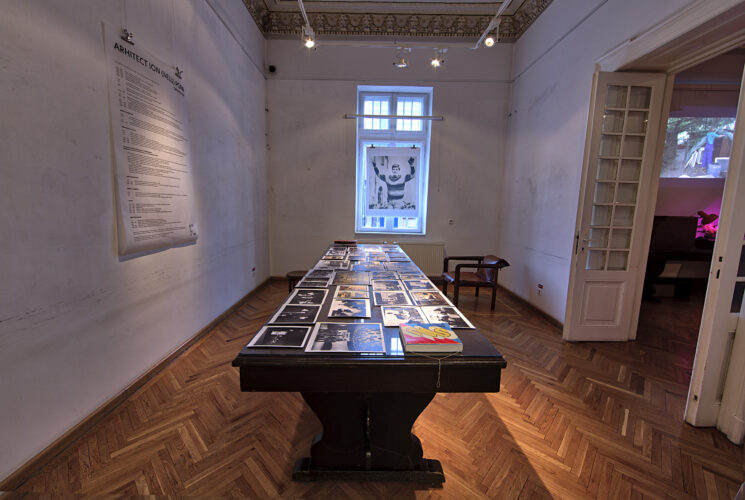
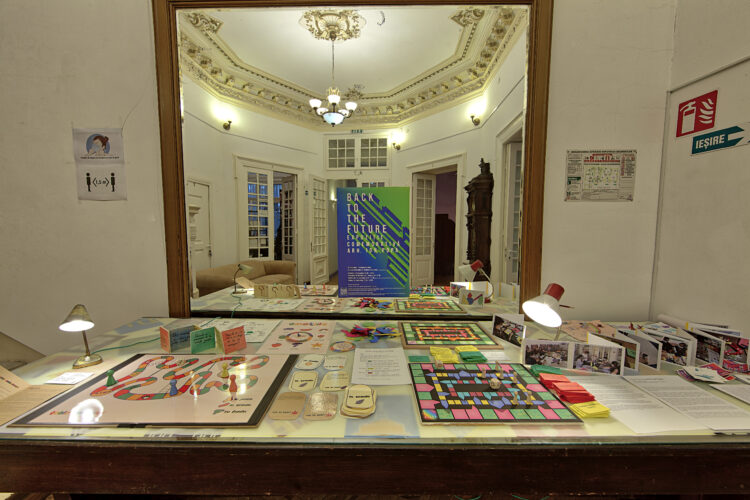
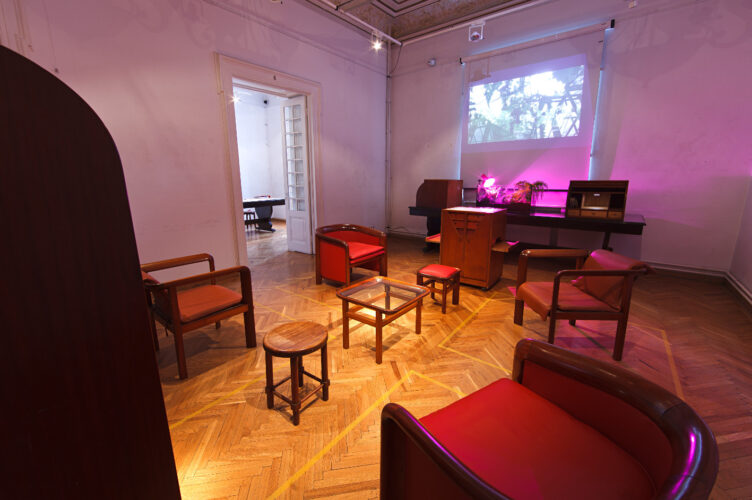
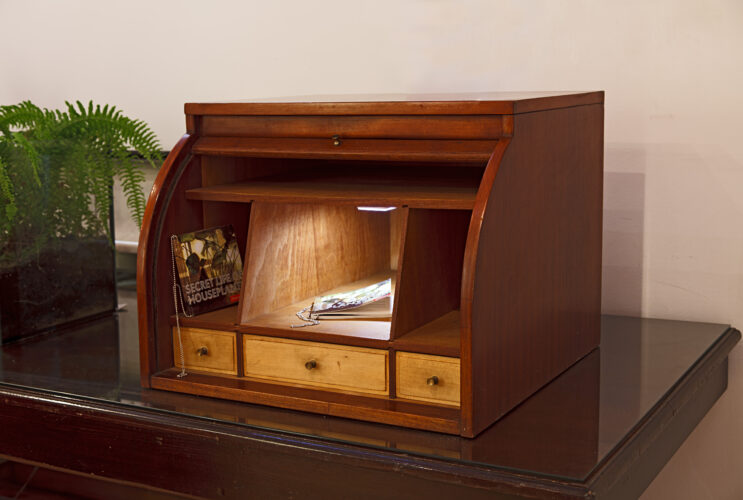
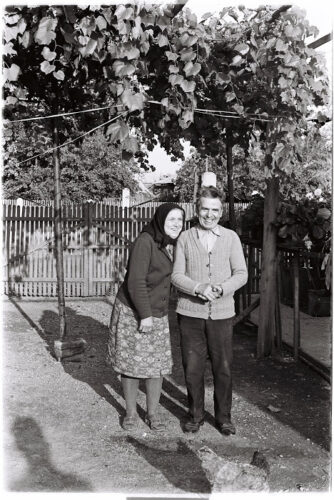
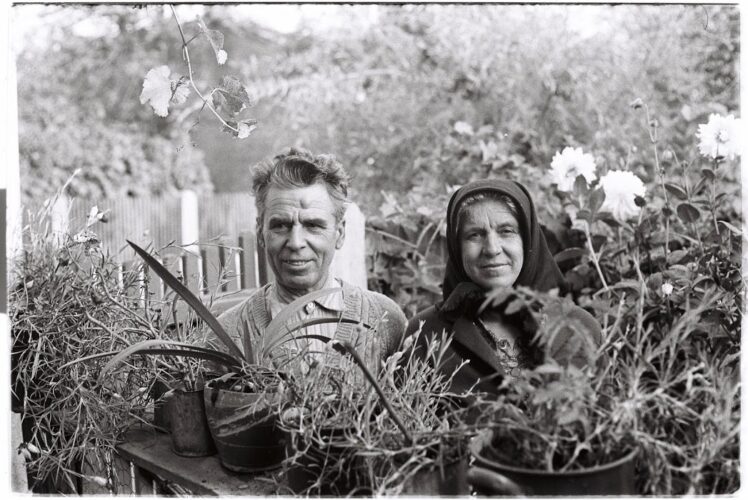
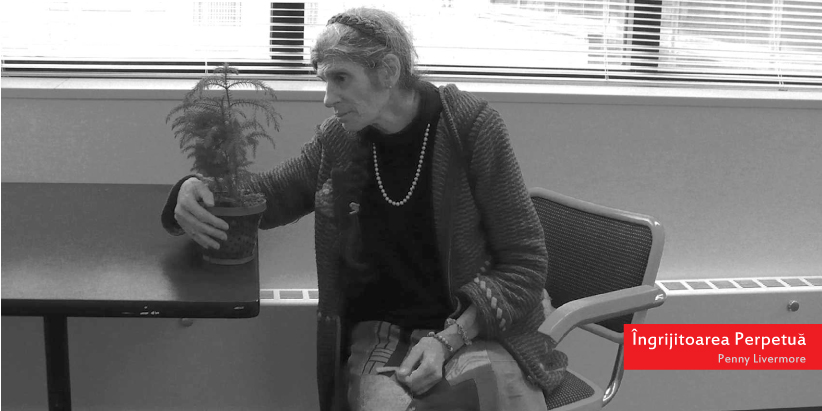
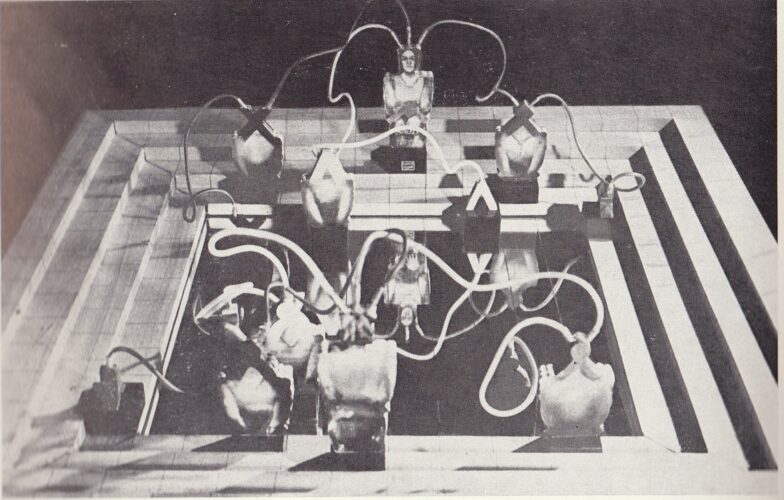
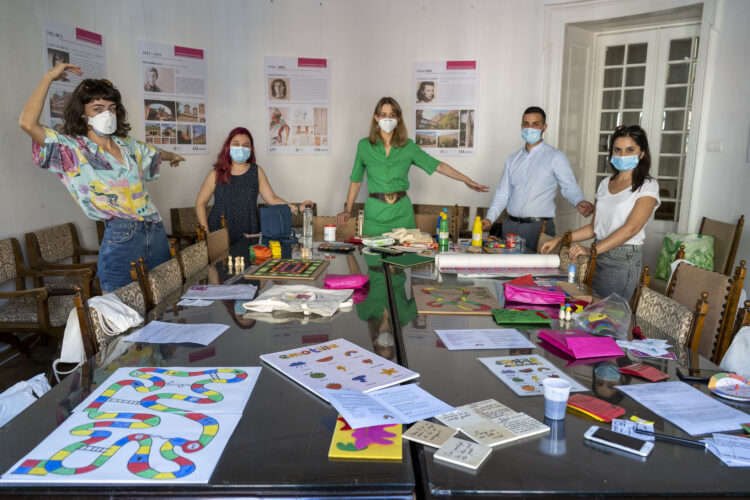
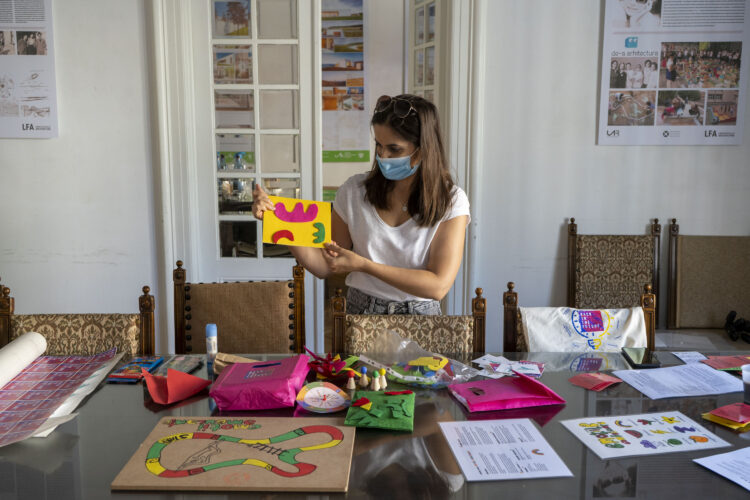
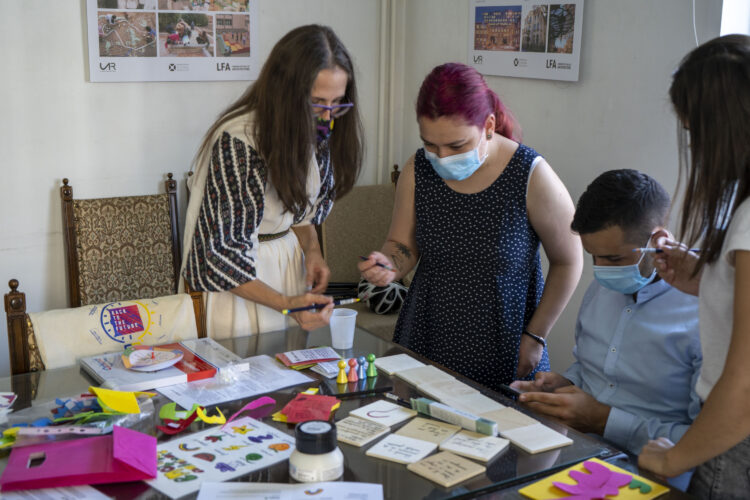
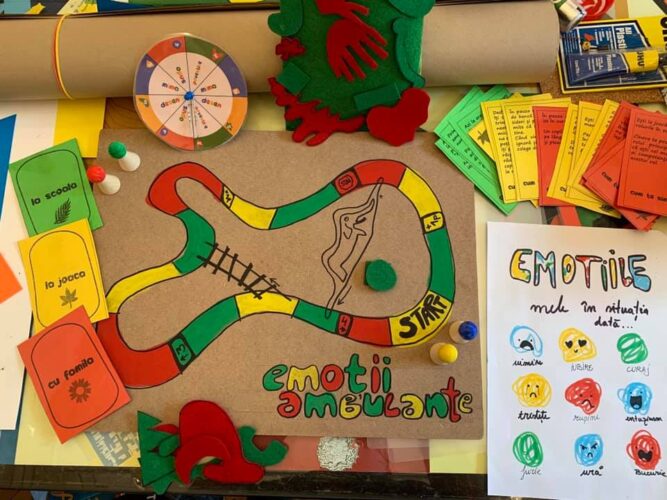
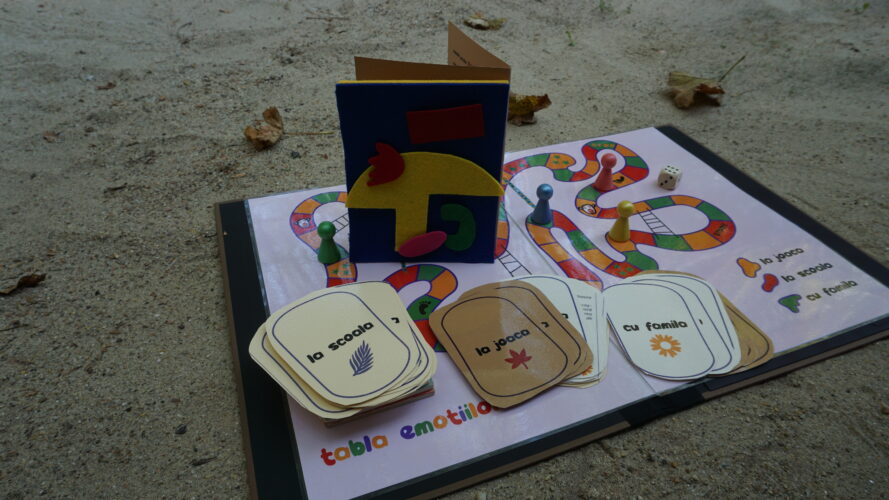
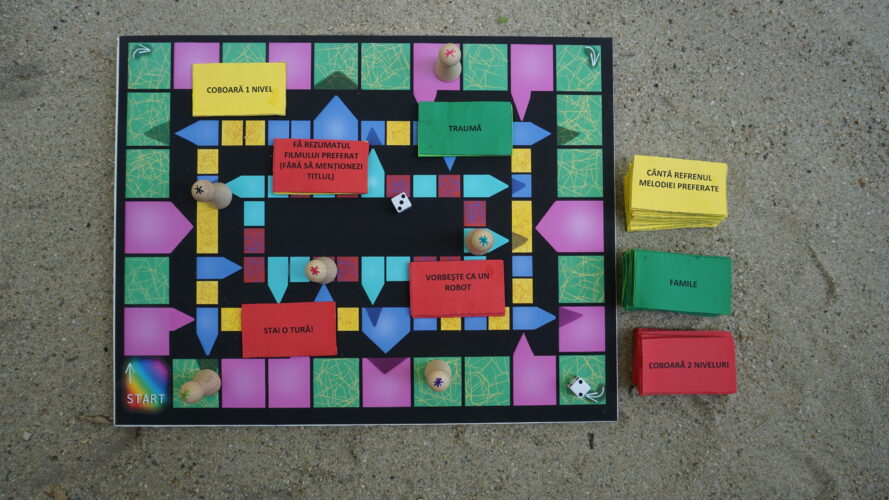
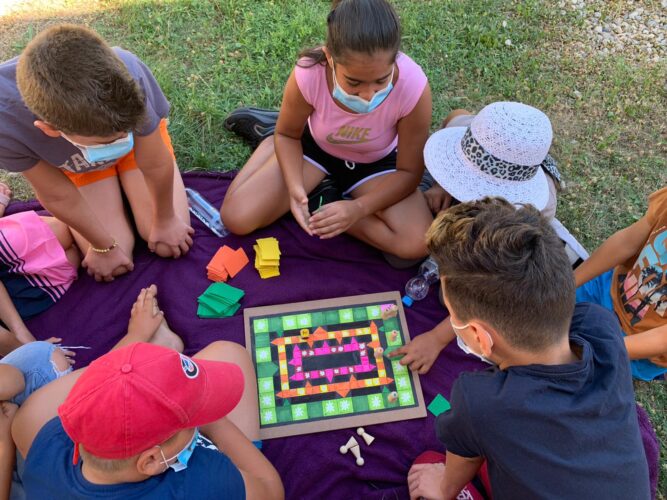
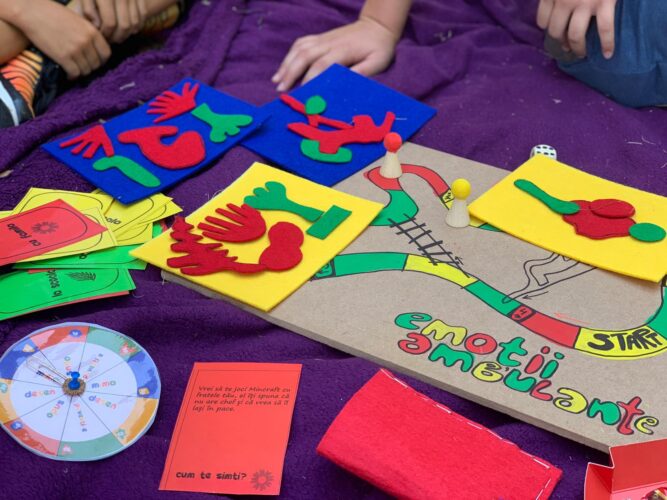

Comments are closed here.